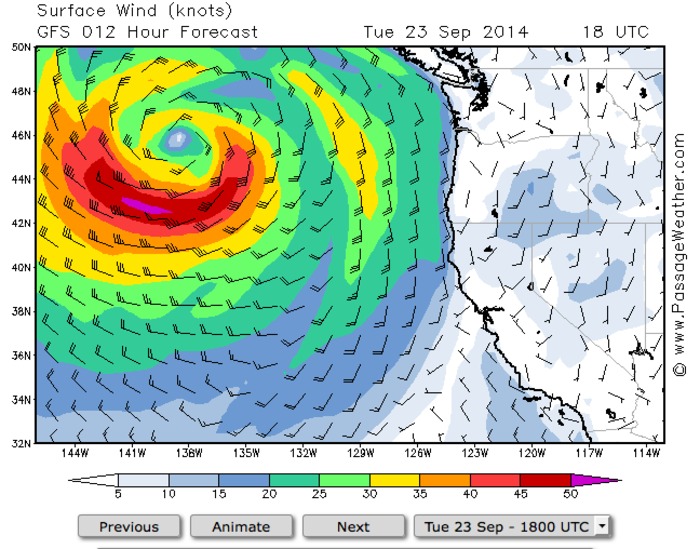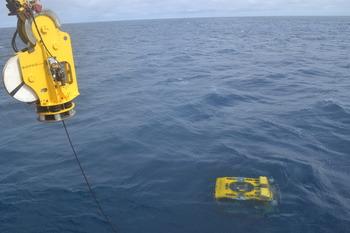- Visions18
- Visions17
- Visions16
- Visions15
-
Visions14
- End of Leg 7
- Leg 6 gets underway
- Calm before the storm
- Reloading for the next mooring
- Leg 5a: A Blur of Activity at A ...
- VISIONS14 Leg 4 Comes to an End ...
- Fire Hose Of Methane Out of Sou ...
- Work, Weather, and Life in the ...
- Troubleshooting, Weather, and t ...
- How Much Methane Comes Out of T ...
- Imaging Einstein's Grotto
- Success at Oregon Offshore
- Busy Days at Hydrate Ridge and ...
- To Sea We Go
- Leg 4 Hydrate Ridge Adventures
- Shallow Waters
- Standing on Two Legs
- High Waves, Deep Methane
- Endurance Required
- Leg 3 Begins
- The Golden Spike
- The Best Laid Plans
- HPIES and Cake and profilers
- Unexpected sightings
- Axial Base Camp
- Slope to Seamount
- VISIONS 14 Leg 2 Begins
- Steaming In Completed Our Work
- International District Complete ...
- Installation Complete At Intern ...
- Intense Activity on the Thomas ...
- Installing J Boxes and Instrume ...
- Completing the Cable and Juncti ...
- Preparing to Install Cable at 8 ...
- Diving in the International Dis ...
- Weather Day in the NE Pacific
- Steaming to Axial Seamount
- Nearly 25 years of dreaming...
- Loading and Mobilizing in Seatt ...
September 2014
August 2014
July 2014
- Construction
- Visions13
- Visions12
- Visions11
- Enlighten
A variety of competing factors have made planning the end of the VISIONS’14 cruise series an incredibly complicated task. Typically the tail end of oceanographic cruises follows a similar pattern: an inventory of remaining tasks is constructed and prioritized, and a mad dash commences to complete all activities on the list. But it is usually never that simple, as small disturbances in the ship operations can ripple through the schedule, and priorities are reshuffled as options narrow. As we near the end of the OOI-RSN installation field season-- 84 days (!)--perhaps the longest and most complex oceanographic cruise of all time, the planning strategy remains the same, albeit with more moving pieces. We have a list of tasks that have to get done and a set amount of time to do these in, however weather, deck space, personnel, and equipment all must be considered in order to make the schedule of activities work.
As of early this afternoon we have nothing on the ship left to install, but we missed our tidal window to get into port today. However, tomorrow, when we get into Newport, Oregon we will be closely followed by a massive storm in the eastern Pacific that will destroy working conditions until Friday. We will have three days in port that were strategically planned to coincide with the arrival of this well forecasted storm, so that we can load and offload gear during a period that is unworkable offshore. Despite minimizing the loss of time on station due to weather, this storm is going to cost us about 24 hours-- a critical amount of time considering that VISIONS’14 ends in roughly 175 hours.
What this all means is that while we are currently cruising easily into Newport, things are about to change. A storm is brewing--the barometer is falling, but the pressure is rising to complete the installation of the world’s largest cabled observatory.



